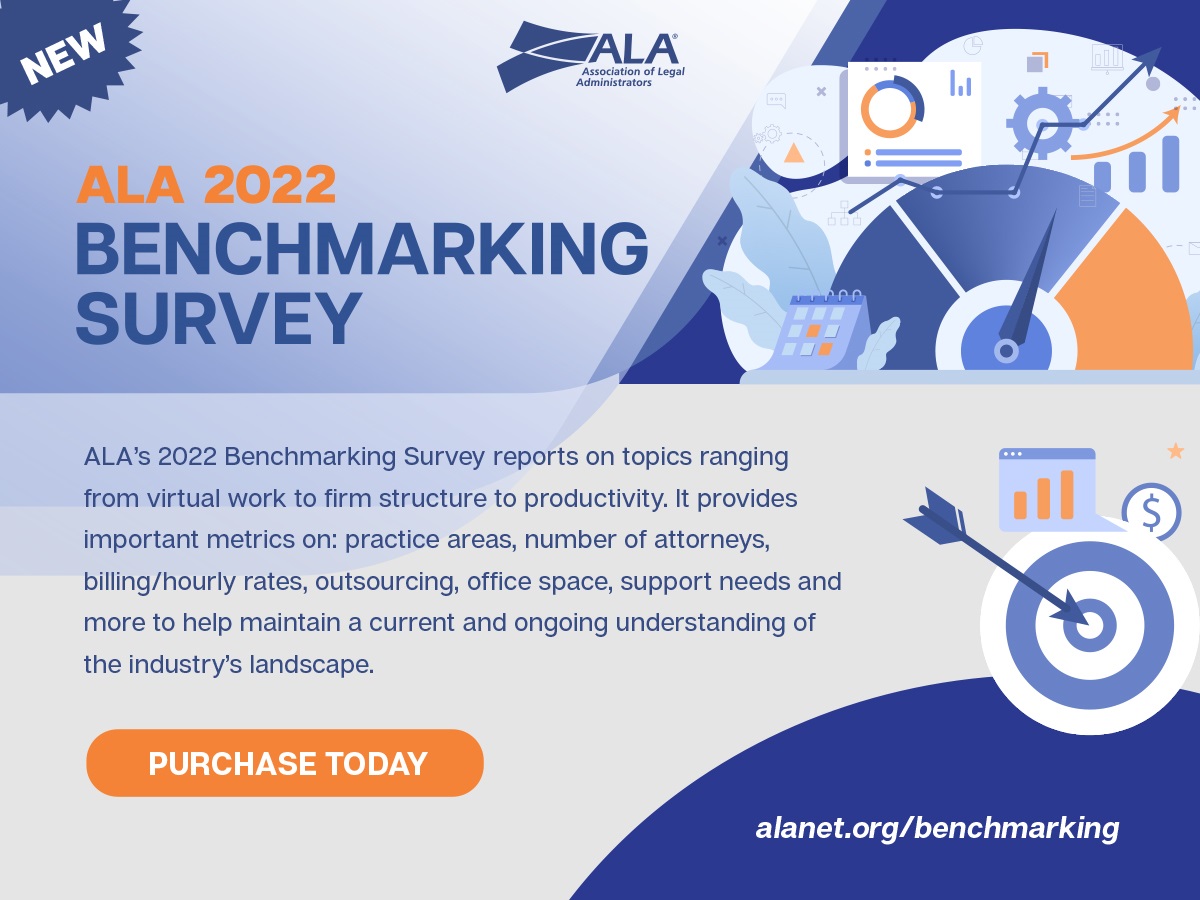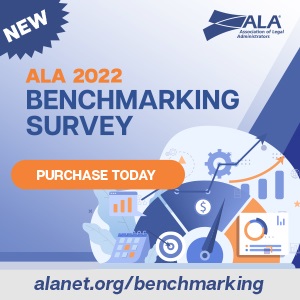EX consists of every interaction an employee has with their employer, from onboarding to offboarding. It’s influenced by the connection they have with the corporate mission, the relationships they build and how they are supported and compensated.
For most law firms, boosting EX is part of their corporate strategy. According to isolved’s 2022 survey of 500 HR leaders, 86% of respondents in the legal field said it has become a broader company initiative.
Creating an environment where employees are encouraged to grow plays a vital role in developing EX. According to isolved’s survey of over 1,000 employees, many organizations are missing the mark: Only 21% of employees reported that their employer adequately supports their professional development.
THE ROLE OF TECHNOLOGY
Human capital management (HCM) technology can play a significant role in facilitating development. However, law firms are slower to adopt digital solutions. According to the HR leader survey, only 14% of organizations in the legal industry are actively investing in a digital-first approach to HR, compared to 71% of the entire sample.
“Limited HR staff” and a “lack of executive buy-in” were identified as challenges holding them back, along with the top reason — “it’s not a priority.”
Law firms shouldn’t view this as a concern, but rather an area for opportunity. Even without adding HR headcount, organizations can often provide great EX by making technology a priority and investing in it.
FROM ONBOARDING TO OFFBOARDING
Not all HCM technology is equal. Disparate systems not only create data silos but also add additional places where employees must go to manage their careers. This also creates challenges for admins who need to track this information.
By automating consistent and informative employee processes in a single platform, employees feel empowered to take an active role in their development. Intelligently connected HR technology can suggest the next move for the employee when their performance review, for example, is housed in the same system as learning courses.
Leveraging best practices and improving transparency of information are keys to improving EX. Ultimately, this optimizes the workforce’s time, decreases turnover and automates best practices throughout the employee journey.
EVOKE INTEREST DURING RECRUITMENT
Candidates often get discouraged by a complicated and impersonal application process. Organizations should consider how the experience matches up with the expectations applicants have in their day-to-day lives. With HCM technology, emails can be automated to ensure a regular cadence of communication, while text messaging can be used for those who have opted in. This allows for communication in the way the candidate prefers and makes a great first impression.
EMPOWER WITH SELF-SERVICE
Historically, onboarding has been a time-intensive process, but this is no longer the case. Onboarding software with self-service tools enables new hires to complete all necessary paperwork, elect benefits and acknowledge the employee handbook from the convenience of their cell phones. As a result, they are ready to hit the ground running.
ENLIGHTEN THROUGH LEARNING
Employees also expect a digital, consumer-like way to receive training. A learning management system (LMS) is typically the vehicle to deliver it. In fact, the same employee-facing survey found 55% of employees would like their employer to support their professional development through an LMS. These systems have come a long way, serving up right-sized content and gamification elements to encourage participation.
ENGAGE THROUGH COLLABORATION
With the popularity of remote work, many employees have lost the ability to learn through interaction with coworkers. In fact, a study of over 61,000 Microsoft employees found remote work caused workers to spend about 25% less of their time collaborating with colleagues across groups. While apps like Teams and Slack help, they can also be somewhat transactional. Having an employee portal can allow for genuine connections by offering groups the ability to share, celebrate and communicate.
ELEVATE THROUGH GIVING
Social-good programs are becoming a cornerstone of many EX initiatives because employees want to be empowered to contribute to causes they are passionate about. Although some organizations already support various giving and volunteering opportunities, keeping track of these programs can become cumbersome. Workplace giving platforms can help track donations, log volunteer hours and communicate impact.
ENDURE AFTER OFFBOARDING
There comes a time when every employee must move on. HCM platforms simplify the offboarding process, so employees leave with a lasting good impression. It also gives organizations the ability to re-activate them quickly should they return.
Technology can give organizations a boost when it comes to taking a holistic approach to employee development. With greater emphasis on EX, even tech-reluctant law firms can reap the benefits of a skillful and supported workforce.


